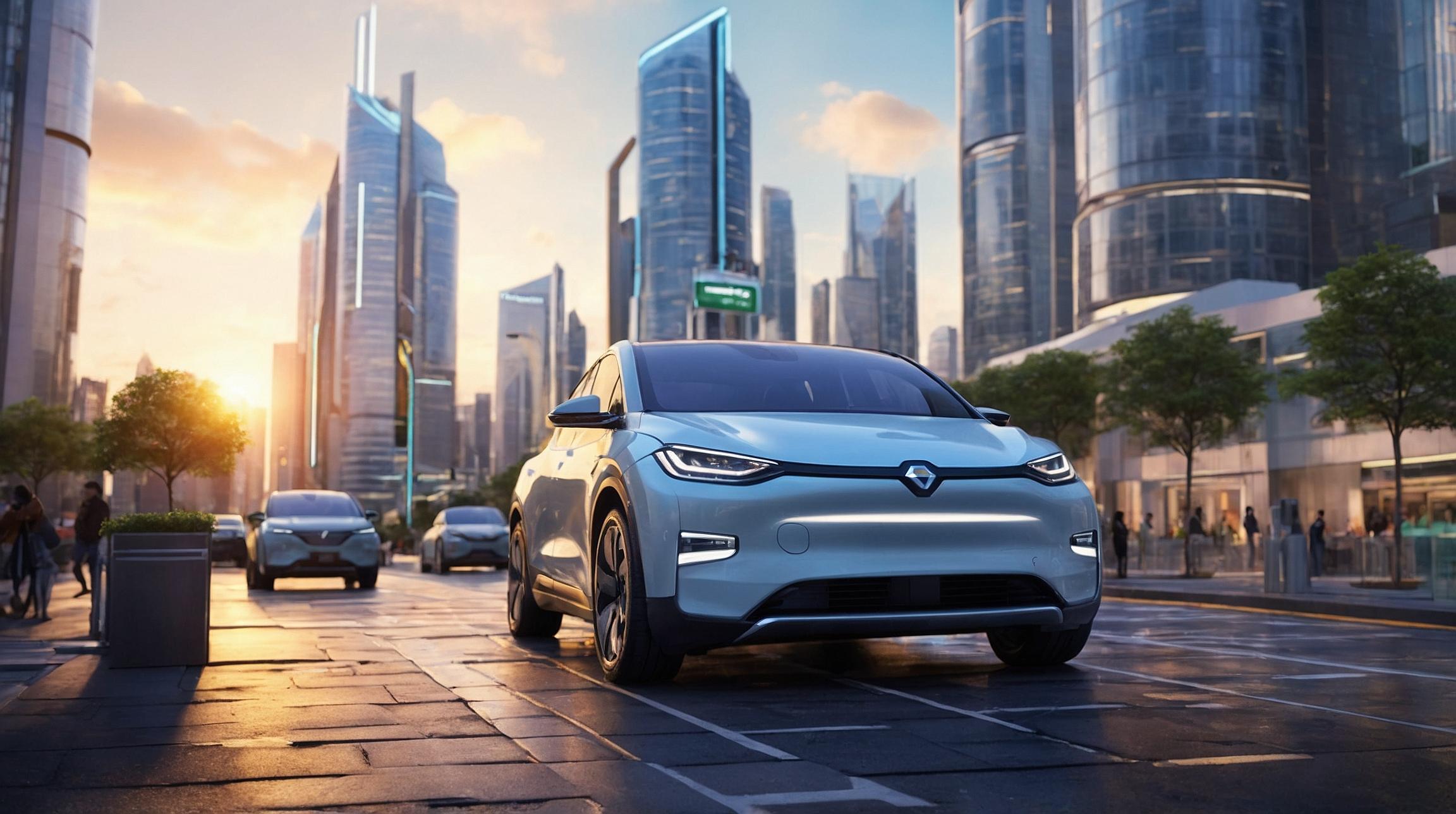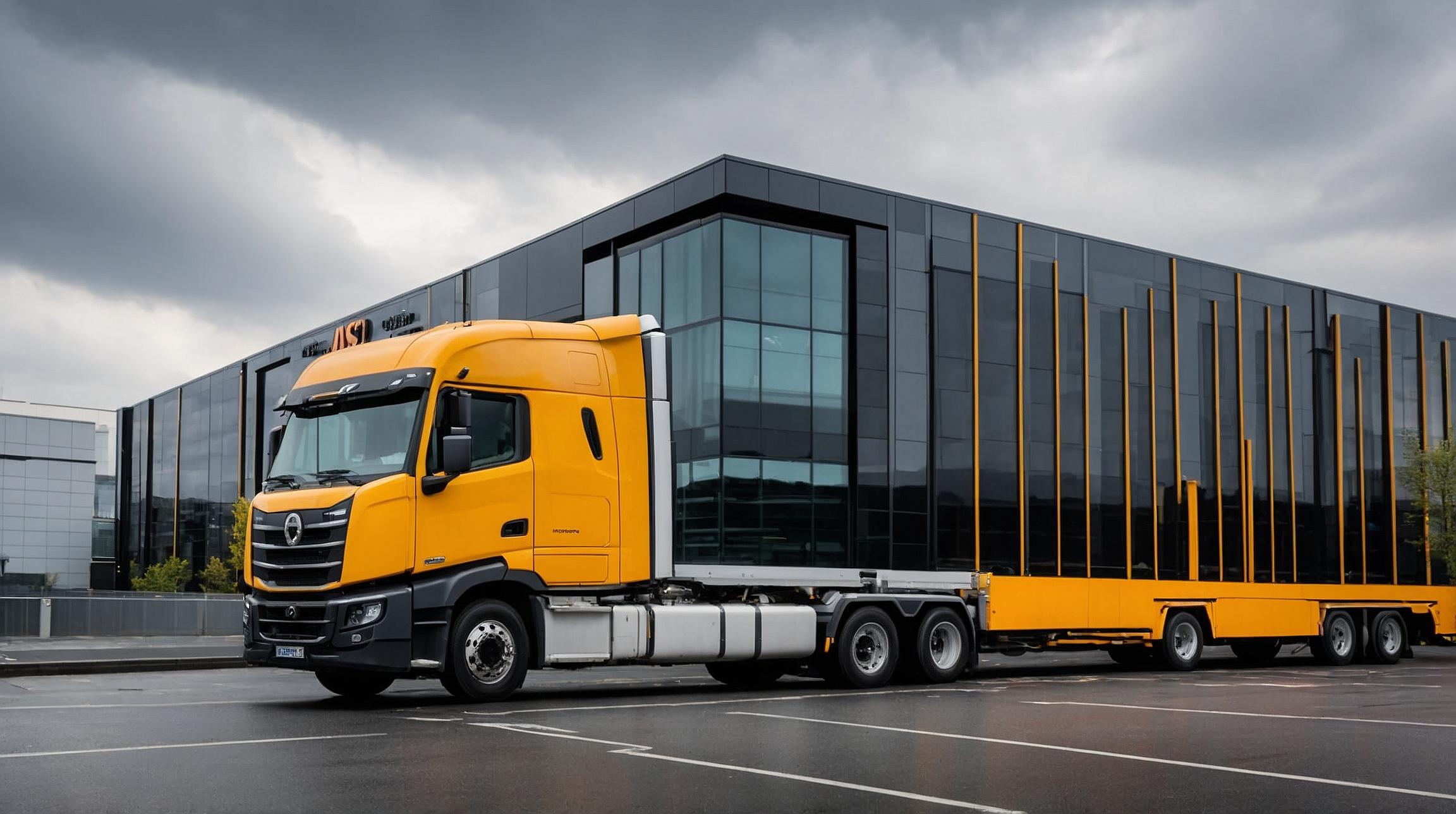Q2 2024 Financial Performance
Blink Charging has reported its Q2 2024 earnings, showcasing revenue of $33.3 million, which is a modest increase of 1.5% year-over-year. This growth highlights the company's ability to maintain momentum in a competitive market. Notably, service revenue grew by 15%, now making up 20% of the total revenue, indicating a strategic shift towards more sustainable revenue streams.
The company achieved a gross margin of 32%, which is in line with its targets, demonstrating effective cost management and pricing strategies. In terms of operational achievements, 4,106 chargers were sold or deployed globally, and the total energy dispersed reached approximately 33 gigawatts. These figures reflect the ongoing demand for electric vehicle (EV) infrastructure.
Strategic Contracts and Partnerships
Blink Charging has successfully secured strategic contracts with notable organizations such as Decathlon in Europe, and it has become an official provider for New York State. These contracts are expected to drive future growth and expand Blink's market presence.
Company Outlook and Financial Goals
Looking ahead, Blink Charging has set a revenue target for 2024 between $145 million and $155 million. Furthermore, the company aims to achieve positive adjusted EBITDA by 2025, signaling a focus on profitability.
With cash reserves amounting to $73.9 million as of June 2024, Blink Charging is well-positioned to invest in strategic partnerships and recurring services revenues. The emphasis on higher-margin software solutions is expected to enhance financial performance.
Market Dynamics: Bullish and Bearish Indicators
The company remains optimistic about the EV market recovery and growing infrastructure demand. Key bullish highlights include continued investment in owner-operator models, with a focus on multifamily and fleet sectors. Additionally, Blink is leveraging AI technologies to optimize site revenue.
However, the company faces some bearish indicators, such as a slight decrease in EV sales due to political and market uncertainties, and a decline in DC Fast Charger sales compared to the previous year. These challenges suggest the need for strategic adjustments.
Operational Strategies and Cost Management
Blink Charging is optimizing its deployment strategy by utilizing in-house manufacturing, which enhances cost efficiency. The company has implemented various cost-saving measures across its business units, leading to significant savings. Vertical integration plans are underway to replace third-party manufactured products with in-house alternatives.
Q&A Insights and Future Plans
During the Q&A session, Blink Charging highlighted its focus on ensuring profitable station economics and achieving short ROI timeframes for DC Fast Chargers. The company also discussed the potential for an IPO for Blink Mobility, as well as plans for continued expansion into new markets such as Europe, leveraging strategic partnerships to drive growth.
Overall Financial Performance
Blink Charging's market capitalization stands at $214.35 million. The company has exhibited revenue growth of 114.36% over the last twelve months, despite being close to its 52-week low in stock trading. This underscores the company's strong liquidity position and potential for future growth.
Through ongoing innovation and strategic alignment with market demands, Blink Charging is poised to capitalize on the expanding EV infrastructure market. By focusing on long-term profitability and strategic expansion, the company continues to adapt effectively to industry changes.













